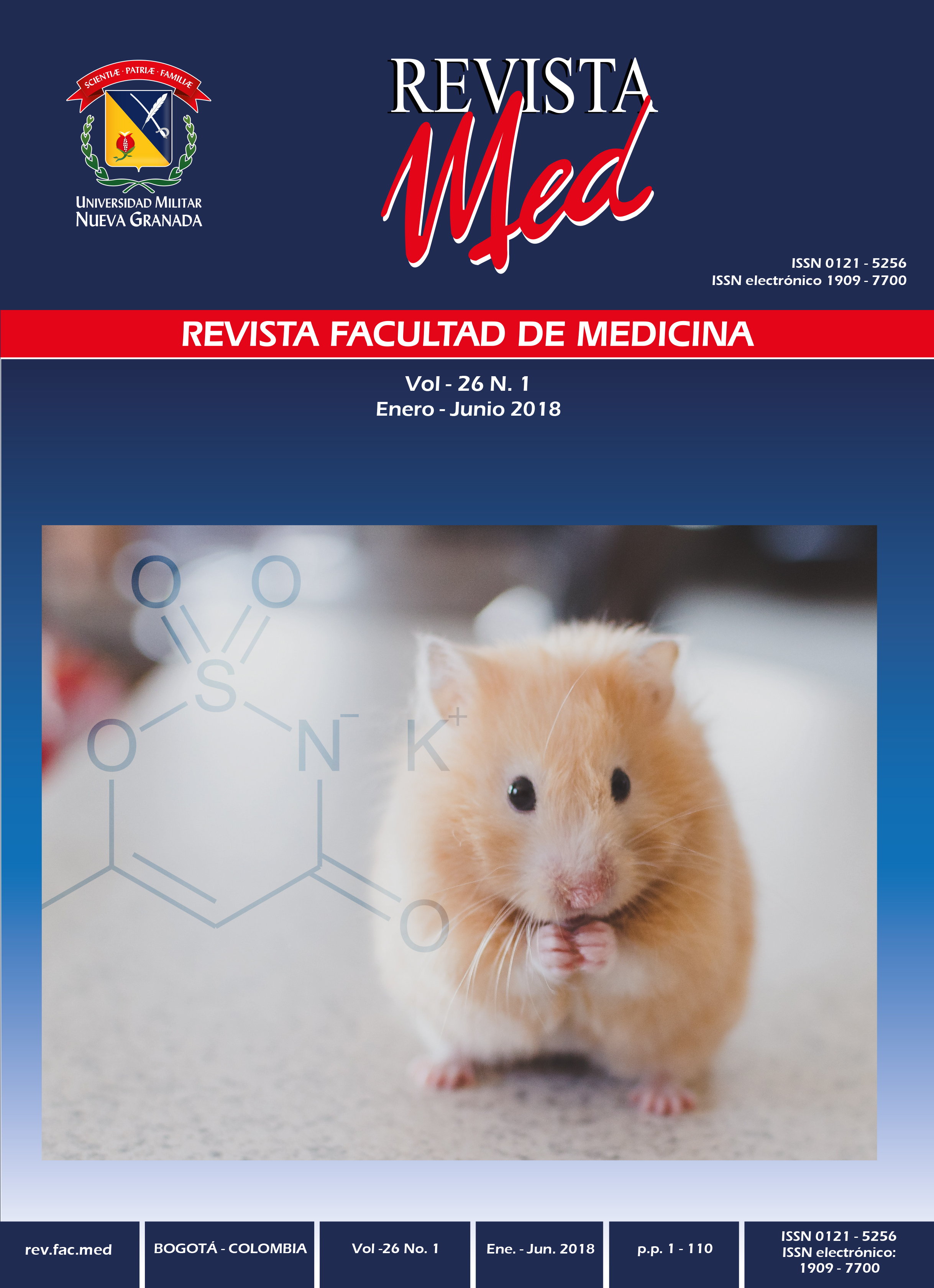Clinical and biochemical diagnosis of Leigh syndrome in five colombian patients
Abstract
Leigh syndrome (LS) is a neurodegenerative disease, described as a subacute necrotizing encephalomyelopathy and is one of the most frequent diseases of mitochondrial origin. LS is caused by a deficit in the energy production due to defects in the genes that encode some of the mitochondrial complexes. The affected gene can be due to either nuclear and/or mitochondrial coding, which explains why there are different ways of inheriting the disease, including valoraautosomal recessive and maternal inheritance, which makes its molecular diagnosis even more difficult. Clinically, LS is characterized by regression in cognitive development and motor abilities, as well as movement disorders of rapid progression. Its diagnosis is based on the biochemical demonstration of an increase in lactic acid and lactate / pyruvate ratio, as well as magnetic resonance neuroimaging findings showing focal, bilateral and symmetric lesions in basal ganglia or brainstem associated with leukoencephalopathy and cerebral atrophy. Five cases are reported with clinical and biochemical diagnosis of LS that exemplify the clinical variability and severity found in this group of patients.
Downloads

| Article metrics | |
|---|---|
| Abstract views | |
| Galley vies | |
| PDF Views | |
| HTML views | |
| Other views | |












